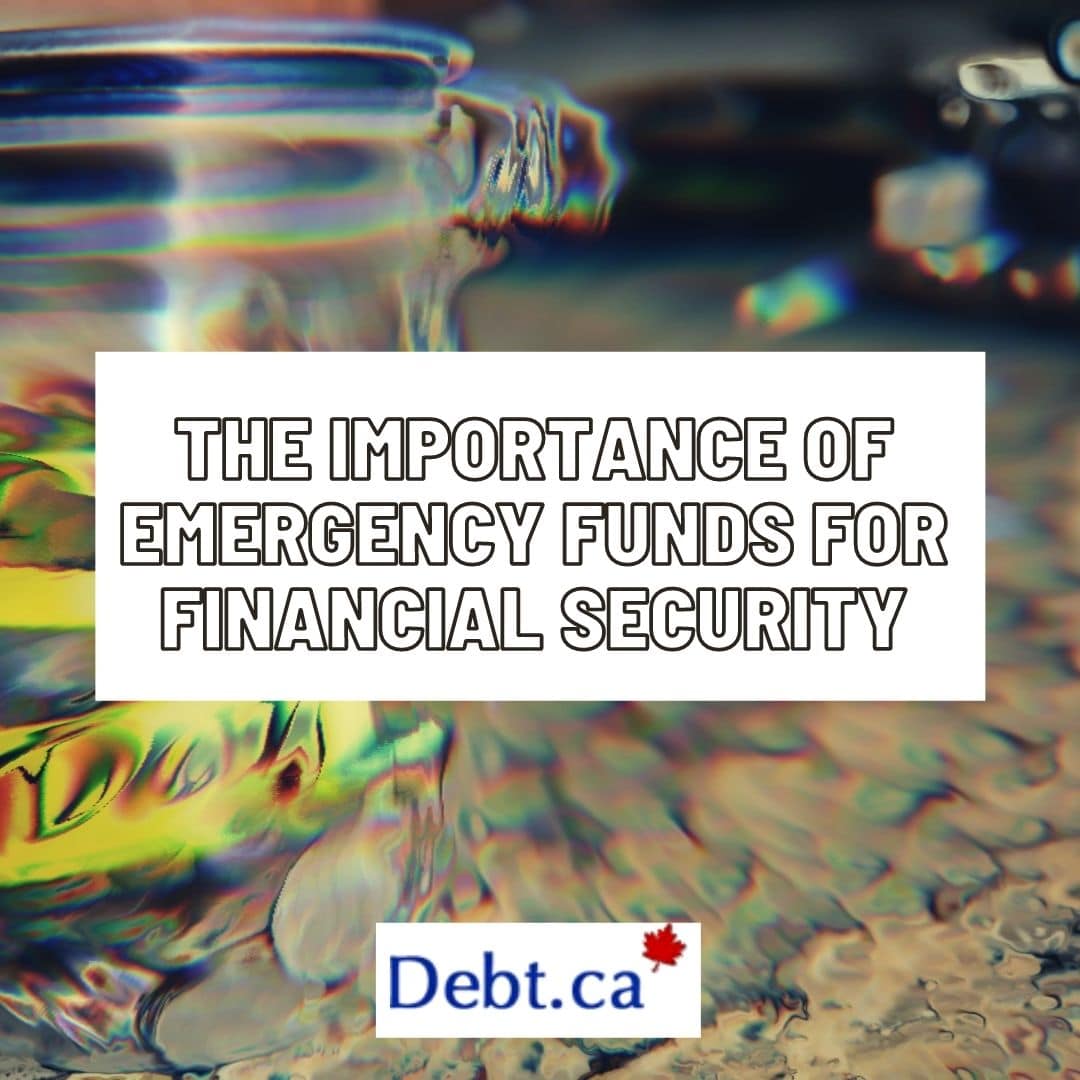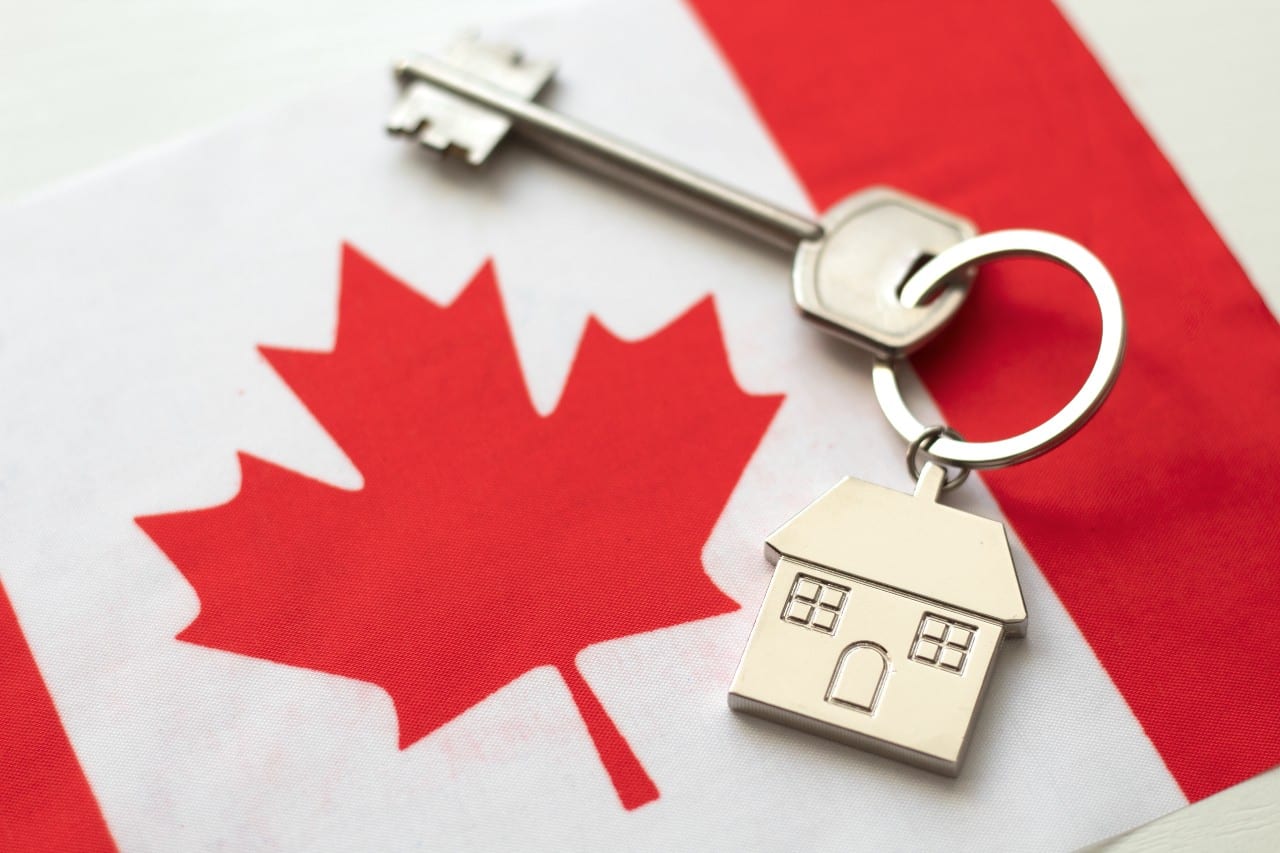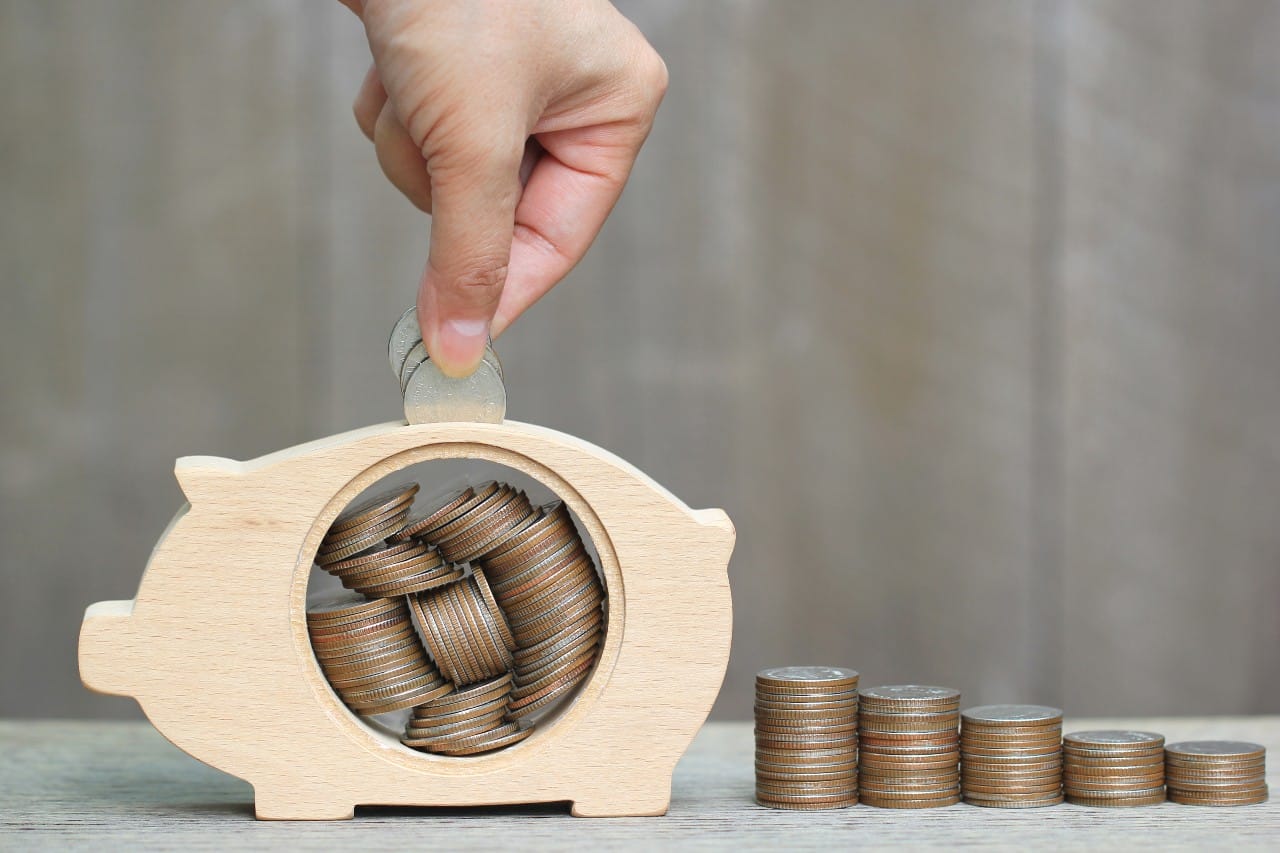The ultimate goal of emergency funds is to have a chunk of easily accessible money that acts as a stabilizer for your entire life. Having a safety net can turn unexpected expenses into slight hiccups. It’s no surprise that many Canadians are within $200 of being unable to cover their bills.
What would you do if a loved one experienced illness or major surgery? What about long term job loss? You can cover it and not have your other financial goals and priorities take a hit.
Lose your job? You won’t have to panic and get a job in retail to pay the gas bill because you have emergency funds that can cover you for a short period.
What’s an emergency fund?
With a good amount of emergency funds in a savings account, you’ll be amazed that you’ll start having fewer emergencies. What would have previously been a complete crisis becomes nothing more than a minor inconvenience.
An emergency fund can start off small, even $500 is okay. The idea is that the next time something happens that you haven’t budgeted for, you draw from your emergency fund instead of relying on credit cards, lines of credit, or even payday loans.
Why is having an emergency fund so important?
Your emergency fund is your first step to getting out of debt. How great would it feel to actually have money the next time an emergency hits, and not have to worry about interest rates and debt collectors?
It’s empowering to have at least one account that’s always in the black, even if your others are red.
Mostly though, it forces you to change your thinking. No more borrowing means that every single dollar you use to pay off your debt is a dollar closer to being debt-free. It’s not a case of lowering your credit card balance this month, only to have it balloon up again next month.
An emergency fund won’t get you out of debt on its own, but it’s a powerful first step.
What are my emergency funds for?
An emergency fund is for emergencies. So you’re not using this for the new iPhone, and you’re not using it to buy a birthday present for your wife – you had 12 months to prepare since the last one.
An emergency fund might be for car repairs where if you don’t have a working car you’ll lose your job. If you can take the bus instead, take the bus until you can afford to fix it. It can be for a plumbing emergency or a medical expense. You know, an EMERGENCY.
How Big Should Your Emergency Fund Be?
A Good Beginning
Most advice about building an emergency fund says you should have between 3 and 6 months’ worth of living expenses. If you’re just starting out, this is a frighteningly lofty goal.
So start small and pick a number between $500 and $1,000. $1,000 is good because it will cover you for the majority of life’s small emergencies. Once you have that, you can start figuring out what your full emergency fund should look like.
Full Emergency Fund – What Is It Covering?
The easiest way to calculate this is to just take all your monthly expenses and multiply it by however many months you are comfortable with. If the cost of your home, cars, insurance, utilities, internet, cell phones, etc. is $3,000 a month, then you’re going to need between $9,000 and $18,000.
Does that seem like a lot? It is. At some point, having that much money sitting around gets impractical.
That’s why the second part of the calculation is figuring out what you can live without if an emergency hits. Could you cancel a gym membership or your cable? Maybe you could sell one of your cars or take other drastic actions. This will be up to you but just remember the goal of your emergency funds – to keep you going while you get back on your feet.
Option 1 – Only The Necessities
Calculate how much you need to fund your necessary expenses while making drastic cutbacks to other areas of your life.
You’ll have to decide just how drastic to get. For example, you could move from your 2-bedroom rental to a bachelor’s apartment, and you could get rid of your expensive cell phone plan. For now, let’s work on the assumption that we can trim the fat, but we want to keep your life stable enough that once the emergency has passed you don’t have to completely rebuild your life.
Step 1 – Write Down All Expenses
Hopefully, you have a budget already and know what these numbers are. If not, gather all your bills and calculate the monthly average of rent, utilities, food, etc.
Step 2 – Cut, Cut, Cut
Now you have to decide what you can reasonably reduce or eliminate. Spending $400 a month on eating out? You can either cut that out and have your emergency fund fully funded earlier, or you can decide to keep it and work extra hard to put an extra $2,400 into it ($400 x 6 months).
Probably the best thing to do is cut drastically now, and then once that goal is reached, contribute smaller amounts to build it up slowly to cover non-essentials like eating out.
Step 3 – Add It Up
Once you’ve made your cuts, you should have a list of your essential monthly-averaged expenses. Simply add ‘em up and multiply by 6. That will give you your goal of 6 months’ worth of savings for your emergency fund.
Now, if you lose your job (after you’ve saved this amount), you’ll be able to continue a minimal lifestyle for the full 6 months.
Option 2 – Fund The Lifestyle
This option is to set your 6-month target so that if you do lose your job, you can continue with your current lifestyle without any kind of financial interruption.
That means you’d continue to enjoy the entertainment you had, eating the way you had, travelling the way you had, and buying what you typically bought.
For most people, this actually WOULD look like most of your salary, unless you’re also very good at saving a large portion of your income each month.
Where Should I Keep The Money?
This is also a great question. Most people see $10,000 or more in their account and want it to be making money for them. You have to remember that an emergency fund is meant to be used when there’s an emergency.
If it’s locked in a GIC and you’re going to get penalized for withdrawing some of it, that is probably not the best idea. If it’s in anything riskier, then you run the double risk of the value going down and not having enough when a disaster strikes.
So take a deep breath and accept that this money is not part of your retirement fund and you don’t need to see double-digit returns on it.
A simple chequing or savings account is fine. Online banks like ING or PC Financial may offer higher interest saving accounts, and that’s of course fine to take advantage of.
Some people also decide to keep their emergency funds inside their TFSA. This is fine until you have to withdraw when putting money back in may get complicated depending on how much room you have available.
Keep in mind that, at the moment, even a 2% return is pretty good for a savings account or GIC. On $10,000 that’s $200 per year.
For this part of your money, play it safe and keep it simple. Easy access is the name of the game.
One Step At A Time
If the idea of having $10,000 or more in the bank seems like a pipe-dream, don’t worry. It’s good to look forward and see what an ideal situation looks like.
Don’t get frustrated or think your situation is hopeless just because it’s not going to happen for a while.
The important thing is you know where you’re going and you have a plan. Don’t have the first $1,000 in your emergency fund? Can you find $500? What about $100?
Even $100 in an account that you don’t spend changes the way you think about your money. It’s empowering to see an account that increases, even if it’s only $25 a month.
What if I can’t save for an emergency?
Sometimes you’re so far in debt and have so little income that even $500 can look like $1,000,000. If you’re truly at your wit’s end and believe there’s no way you can scrimp and save even that much, you might need professional personal finance help.
While you might seriously be considering bankruptcy, it’s best to explore all your other options first. A debt relief plan can help you organize your debts and come up with a viable plan to paying them off. It’s amazing how great it feels to have a plan and be able to see a light at the end of the tunnel.
Last Note About Emergency Funds
If you’ve never had a chunk of money sitting in your account before, there will be a massive desire to spend some of it. All of a sudden running out of scotch before a dinner party will be “an emergency”, worthy of using your hard-saved money for.
It’s important to understand what an emergency actually is and to not dip into this fund for any reason other than a true emergency.
Once you’ve saved up this amount, it should be relatively easy to start saving for other things. Have a short-term savings fund for things like vacations, furniture, and car repairs. Have an even smaller one for a ‘monthly go to a fancy restaurant’ fund. Whatever you want to do and however you want to structure things is fine, as long as you aren’t using your emergency fund as a personal chequing account.





